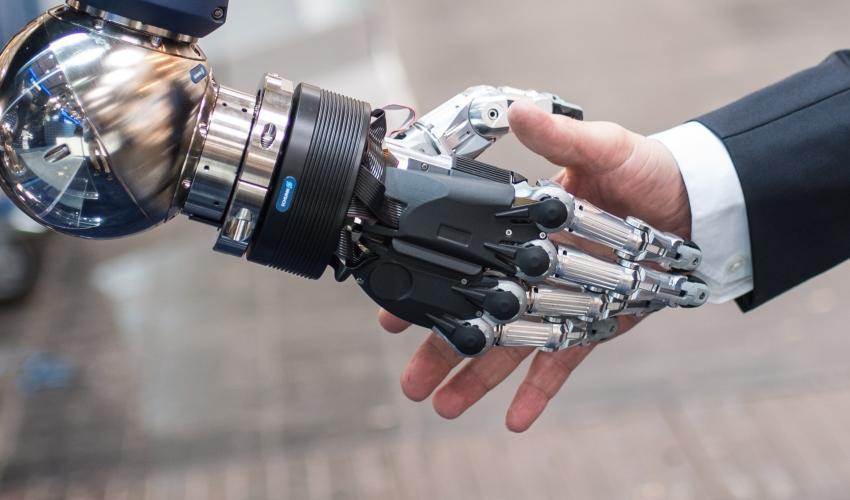
Allow Me to Introduce Myself: I'm a Smart Factory
IN THE FOURTH INDUSTRIAL REVOLUTION, CUSTOMERS BECOME ACTORS OF THE PRODUCTION PROCESS. THANKS TO ADDITIVE MANUFACTURINGby Raffaele Secchi and Vincenzo Marino
Translated by Alex Foti
Additive manufacturing, the internet of things, collaborative robotics and augmented reality are some of the technological innovations that have made significant strides in recent years. Although their development occurs at different speeds and through different venues, today we have reached a phase of convergence and integration which is leading to the emergence of a new paradigm: a fourth industrial revolution. The use of electronics and information technology for automation in manufacturing (the third industrial revolution) has now become standard. Industry 4.0, a.k.a. the Fourth Industrial Revolution, focuses instead on the creation of the intelligent factory, i.e. a combination of physical cybersystems and other technologies that allow the entire production environment to interact and communicate. The distinguishing feature of this new system is the factory's ability to respond to and sometimes anticipate stimuli coming from both the internal production environment and the external consumer environment.
In recent decades, the focus on customers has been a priority for many companies: Industry 4.0 enables firms to take a leap forward. Final consumers or business customers become inputs in the production process, bringing so-called servitization to the world of manufacturing, i.e. the combination of physical products and services aimed at improving the value proposition for the client.
Among the various technologies that characterize this new paradigm, additive manufacturing is interesting because it allows the reversal of the traditional logic of product design. Traditionally, design activities were limited by and had to adapt to the physical limits of technical equipment and manufacturing facilities. Today, however, we are moving towards a design-driven configuration, whose only limits are the mind and imagination of designers and characteristics of the materials. This also leads to an abatement of production time and cost of prototyping, facilitating the development of new products that are not simply the result of incremental innovation. Consequently, the level of customization that can be offered to end customers is much higher and especially more accessible.
The anticipated benefits of this new manufacturing configuration are varied and of great impact, at least in theory. However, they need to be contextualized in their implementation. Since many technologies are still in the initial phase of their lifecycle, there are several questions that still remain unanswered. For instance, it is not at all easy to understand which technologies a company should bet on, how to prioritize among different projects, how to select suppliers offering such solutions, the actual capability of already existing human resources to adapt to the new manufacturing standards and the challenge of cybersecurity with respect to intellectual property of products in the light of increased connectivity.
However companies answer these questions, it has become impossible for them to stand on the sidelines and ignore the ongoing transformation. Rather, managers need to decide when the timing is right to adopt a more proactive approach, considering the fast evolution of new manufacturing technologies.
